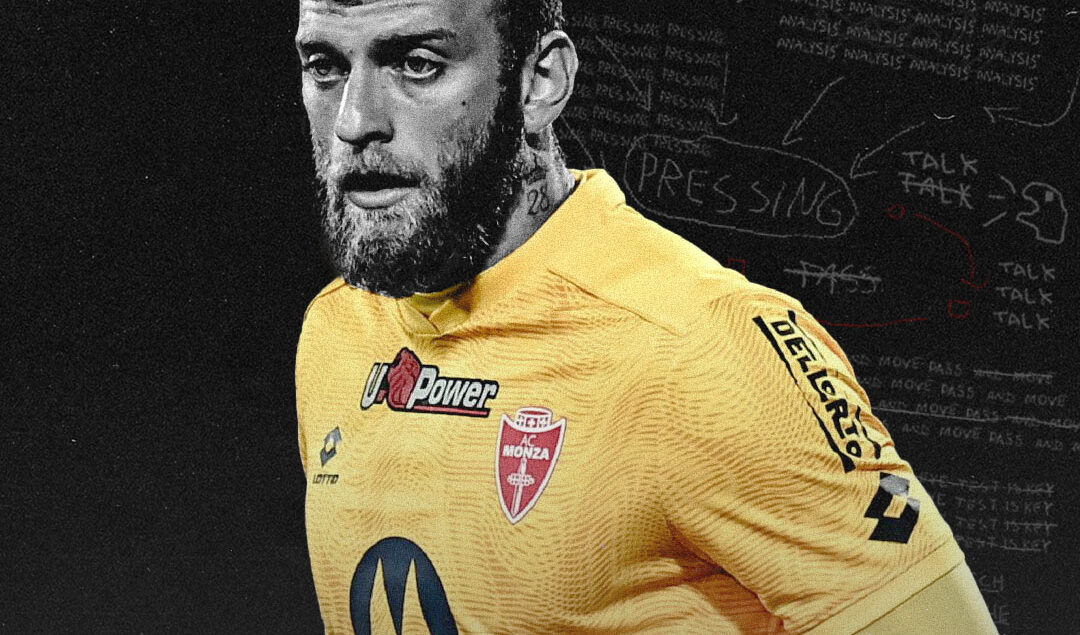Michele Di Gregorio: The First Piece in Thiago Motta’s Juventus
Michele Di Gregorio has been surpassing expectations with AC Monza since the club’s historic promotion to Serie A for the 2022-23 season, topping his journey with the club with a stellar campaign in 2024. After several loan spells at Serie B clubs, the 26-year-old Inter Milan youth product joined AC Monza on an initial loan in 2020, which was renewed a year later and then made permanent in 2022 after he played a crucial role in their promotion to the Italian top flight.
Many predicted that AC Monza would struggle to stay in Serie A and that a return to the second division was inevitable. However, defying these expectations, under the guidance of Raffaele Palladino and with Di Gregorio as their goalkeeper, the Lombardian club not only survived two consecutive seasons but also secured 11th and 12th place finishes, comfortably avoiding relegation battles.
Now, at the end of the 2023-24 season, and following another impressive Serie A campaign, Michele Di Gregorio has earned a move to the league’s sleeping giants Juventus for €20 million, in a transfer reportedly orchestrated by new manager Thiago Motta.
A Modern Goalkeeper
Many would argue that the goalkeeper is the most challenging position to play due to the intense scrutiny every little error receives. The burden of playing such a sensitive role has only grown in recent years as the goalkeeper’s responsibilities have evolved. It’s no longer enough to make brilliant saves and deny opponents. Now, you also need excellent ball-playing qualities, especially if you’re part of a possession-based team.
Finding a keeper proficient in both areas is tough. Take David De Gea, for example. The Spaniard was once considered one of the best shot-stoppers in the world, yet he struggled with distribution and contributing to the build-up phase. This eventually led to him being excluded from the Spanish National team and leaving Manchester United as a free agent.
Conversely, Manchester City’s Ederson, regarded as one of the best ball-playing goalkeepers, has faced criticism regarding his goalkeeping abilities. With just 69.1% save percentage, he only ranks in the 32nd percentile among keepers in the top five European leagues. Clearly, it’s a difficult task to find a keeper who excels on both fronts. However, Michele Di Gregorio might prove to be one of this rare breed.
Shot-stopping Qualities
It is safe to say that Di Gregorio has proven himself as the best shot-stopping goalkeeper in Serie A and among the best in Europe. The stats back this up, as Di Gregorio ranks at the top of the league and fourth across the top seven European leagues for prevented goals (PSxG-GA), with a +0.32 per 90 minutes. Additionally, his save percentage of 79.9% places him third in Serie A.
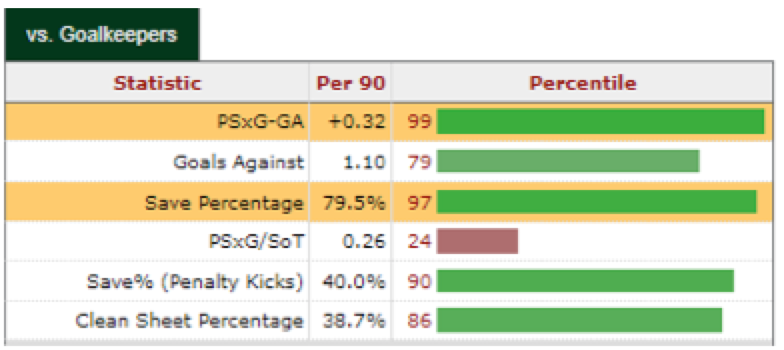
Photo: FBRef
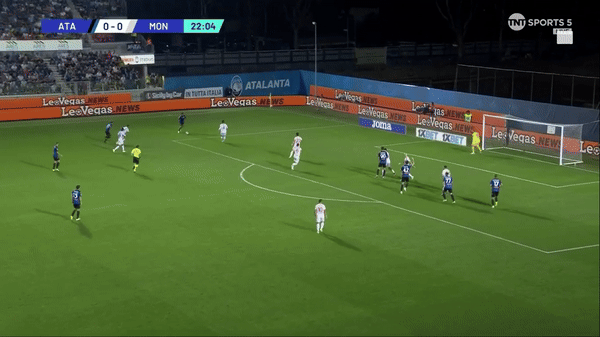
Di Gregorio’s performances have significantly boosted AC Monza’s defensive record, surpassing expectations and improving their standings in the league table. This impact becomes clear when examining the club’s conceded goals record in his absence. Di Gregorio played 33 league games and conceded 35 goals, averaging 1.06 goals conceded per game.
However, in the five games he missed for various reasons, Monza conceded 12 goals, raising their average to 2.4 goals per game, more than double the rate when Di Gregorio was between the posts. However, it should be mentioned that five of the 12 goals conceded where in a single game against Inter Milan.
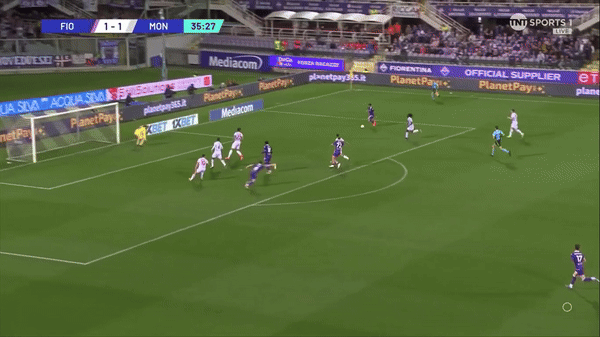
With post-shot expected goals minus goals allowed (PSxG-GA) of +0.32 per 90 minutes, Di Gregorio’s contribution has been crucial. Over the 33 league games he played, this stat translates to preventing approximately 10.4 more goals than expected based on the quality of shots he faced, making him the top keeper in Serie A in this metric.
Given that Monza conceded 5.3 fewer goals than their expected goals agains (xGA) over the entire season, it’s evident that Di Gregorio’s goalkeeping was a significant factor in their defensive success. His vital contribution to the team is further highlighted by the fact that he faced the second most shots in Serie A with 154, making his goal-prevention rate of 1.33 per 90 even more impressive.
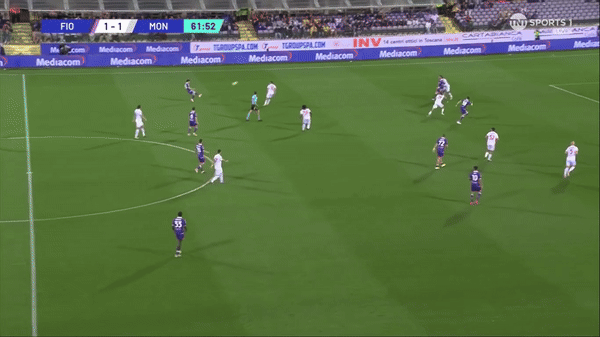
What stands out most about Di Gregorio’s goalkeeping abilities is his positioning and reflexes.
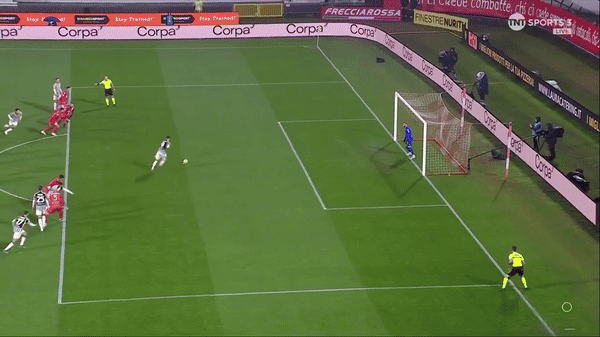
Whether it’s from long distance or close range, the 26-year-old consistently positions himself optimally, giving himself the best possible chance to deny the opponents from scoring.
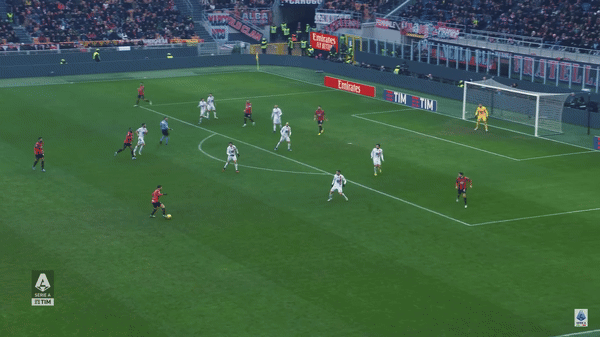
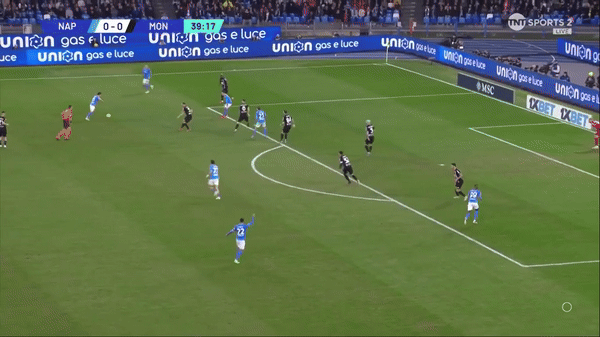
He is also excellent at covering his angles during one-on-one situations, diving in with both hands and feet stretched out, making himself as big as possible to prevent forwards from playing the ball around him.
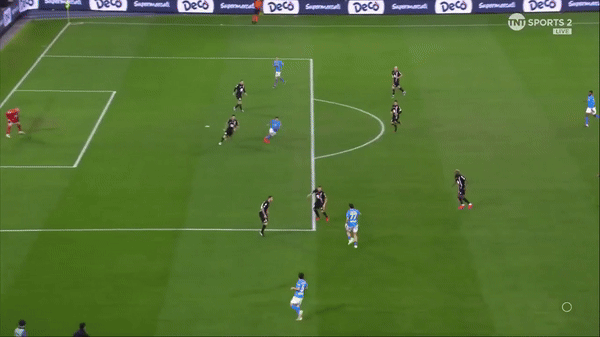
He also makes sure to wait until the last second when the opponent decides to take the shot, reacting to the trajectory of the ball.
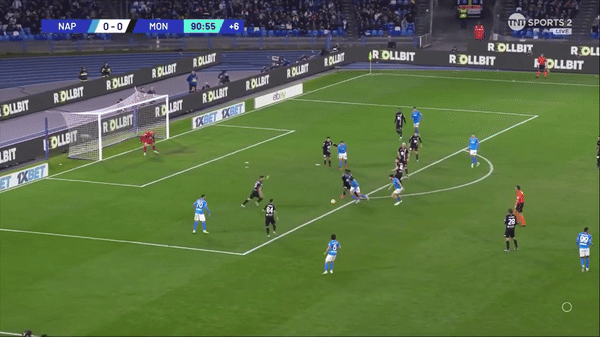
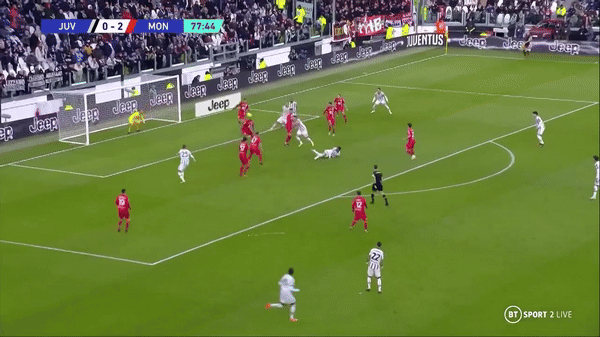
It worth mentioning that with AC Monza having the third lowest defensive line, averaging 42.40 meters, Di Gregorio has only made 18 defensive actions outside the penalty area as he is not tasked of sweeping consistently. However, when needed, he has shown he can act as a sweeping keeper, timing his runs perfectly and covering the rare vacant spaces behind Monza’s defensive line.
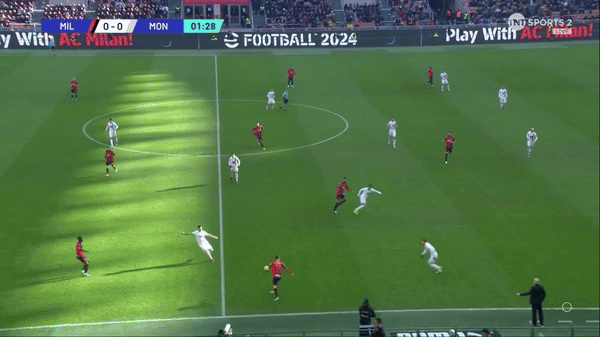
Ball-playing Ability
Aside from his goalkeeping qualities, Di Gregorio’s on-ball abilities make him a dream keeper for any possession-based side. He ranks third among goalkeepers in Serie A for most touches, with 1,439, highlighting his involvement in AC Monza’s buildup phase.
Further proof of Di Gregorio’s role in AC Monza’s buildup is his ranking as the third goalkeeper for xGBuildup, with a score of 5.73, just behind Yann Sommer and Mike Maignan in Serie A. This metric measures a player’s contribution to the team’s attacking buildup, excluding final actions such as shots and assists. Thus, being ranked this high for a midtable side like AC Monza underscores how significantly Di Gregorio has been involved in the team’s play which leads to goal-scoring opportunities.
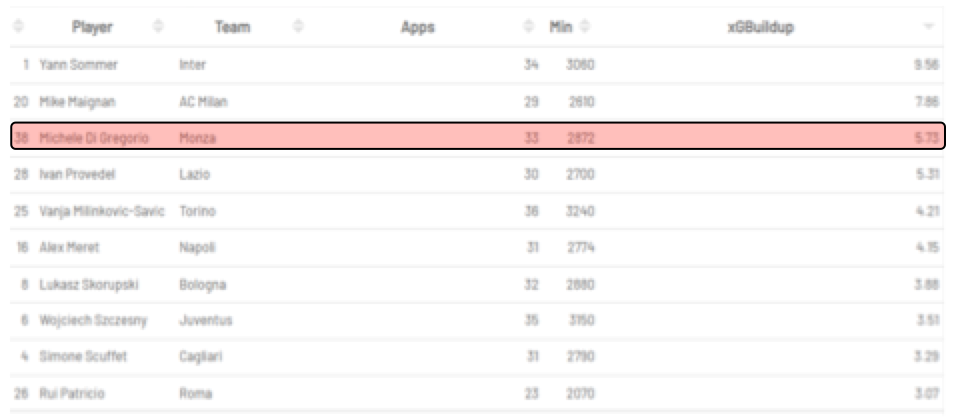
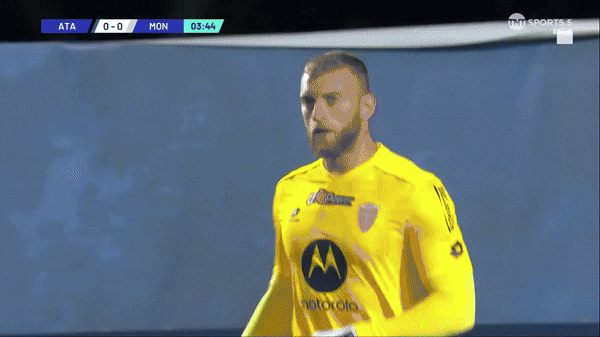
Even under pressure, his teammates often look to pass him the ball as his security in possession allows him stay calm and distribute the ball to the best possible option whether by picking up a short or medium range pass, or by going long to escape the press.
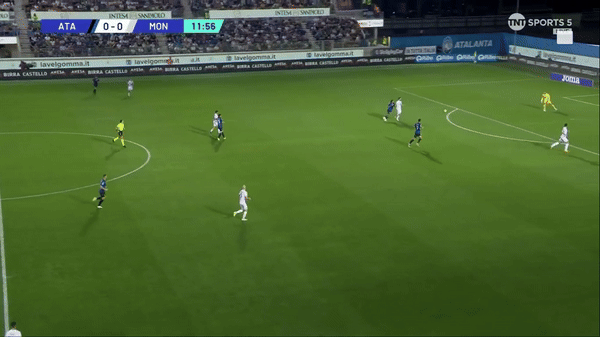
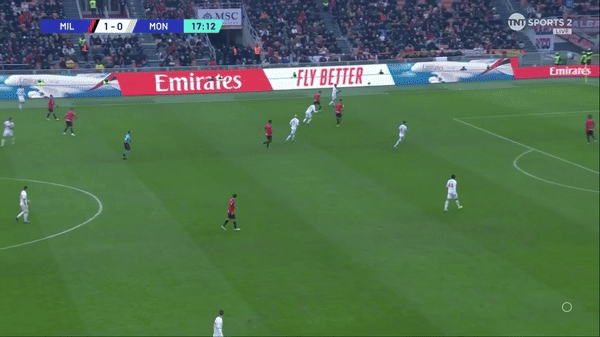
That is due to his confidence on the ball, quality pass selection, and excellent ball distribution skills with both feet, which allows the team to build up comfortably or escape and bypass lines of pressure with ease.
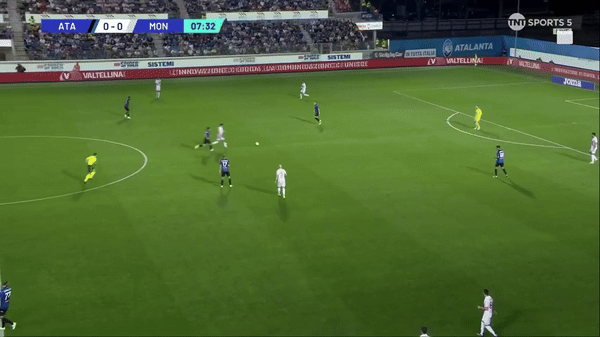
It’s also worth mentioning that Di Gregorio has that ability of disguising his passes, facing one way to deceive his pressers before shifting the play to a completely different area.
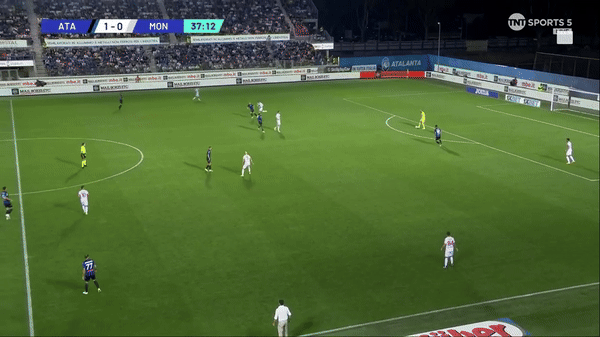
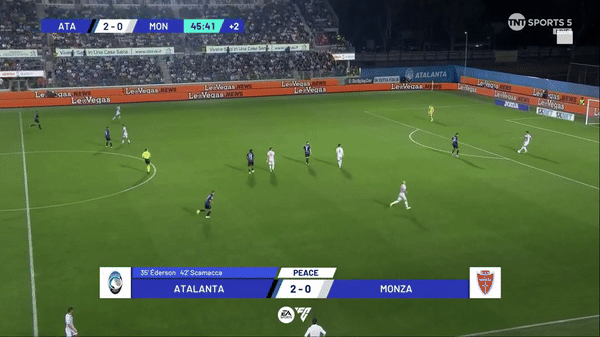
Di Gregorio ranks fourth in Serie A for short, long, and progressive passes among goalkeepers. This demonstrates his ability to recycle possession, bypass phases, and advance the ball effectively.
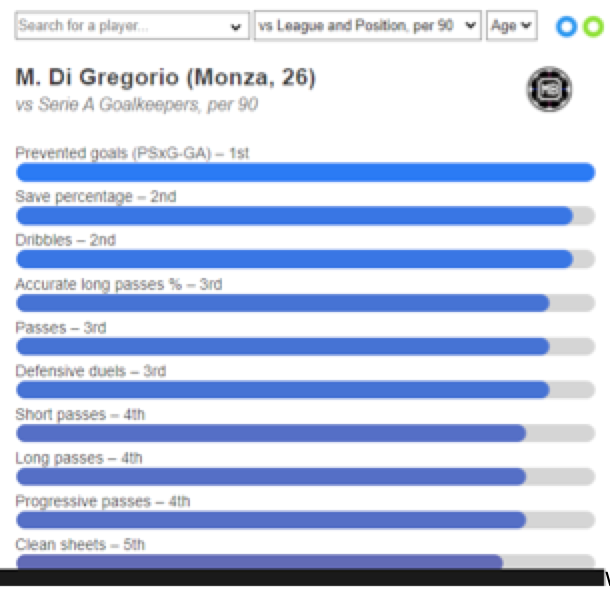
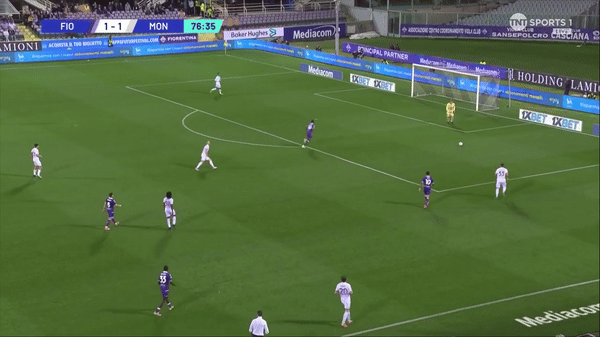
With 12.93 forward passes per 90 minutes and an 80.36% accuracy rate, Di Gregorio demonstrates great vision and passing ability to progress the ball through phases and break opponents’ lines. This success can be attributed to his excellent weight of pass.
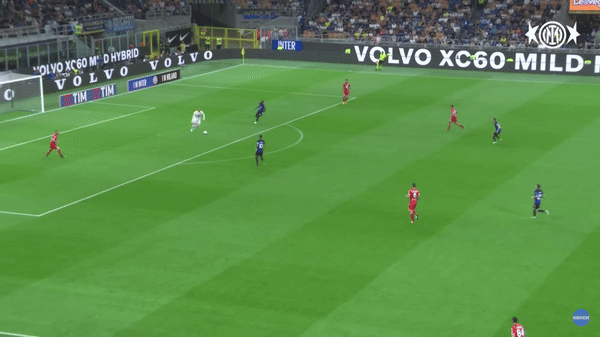
Why Juventus Made Di Gregorio Their Priority Target
Reputable transfer journalist Fabrizio Romano has confirmed that Juventus have reached an agreement with AC Monza for the transfer of Michele Di Gregorio in a loan deal with an obligation to buy worth €18m plus €2m in add-ons. Although the club has yet to announce Thiago Motta as the new head coach, reports suggest that the 41-year-old, who led Bologna to new heights in the 2023-24 campaign, is keen on signing Di Gregorio and planning the season ahead with him between the posts for the “Old Lady.”
With Juventus’ current goalkeepers averaging 33 years of age, the club clearly needs a young keeper for the future. However, this isn’t the only reason why Juventus and Motta have prioritized Di Gregorio. If the new manager brings his possession-based philosophy to the Allianz Stadium, it’s safe to say that the most crucial component will be the goalkeeper.
Whether using the 4-2-3-1 or the 4-3-3 formation, Motta’s deep build-up phase at Bologna remained consistent throughout the season. His team patiently builds from the back in a 4-2-5 shape, often playing short passes through the thirds, with the goalkeeper and back four being key parts of the process.
With Motta emphasizing constant rotations during the build-up phase, the center-back, often Ricardo Calafiori, pushes up to form a double pivot. In this instance, the goalkeeper is required to step up and become a situational center-back, maintaining the back four’s structure.
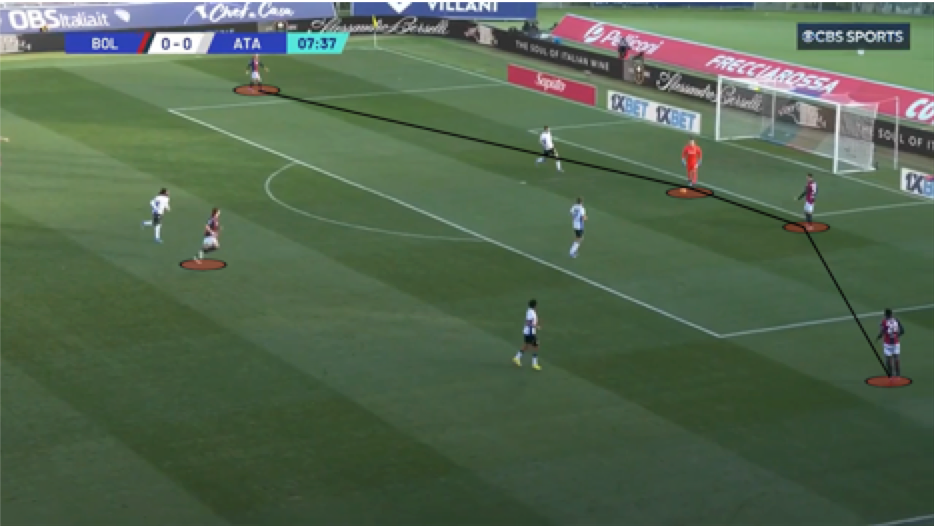
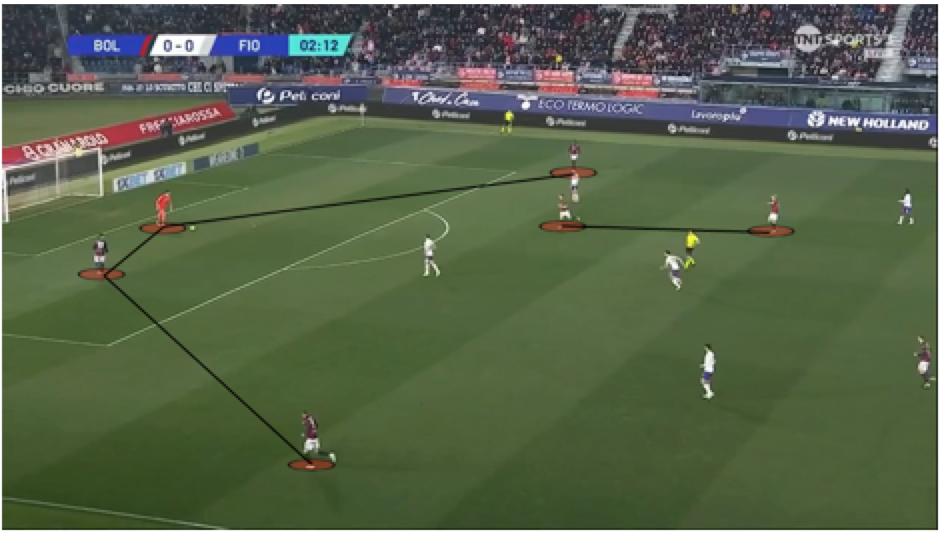
To perform this role, the goalkeeper needs to be secure on the ball, technically capable of recycling possession, and able to progress play through the phases—skills that Di Gregorio has proven to possess. In fact, both AC Monza and Bologna share a similar style in terms of their slow and intricate play, averaging around 4.3 passes per sequence with a direct speed of 1.58 m/s.
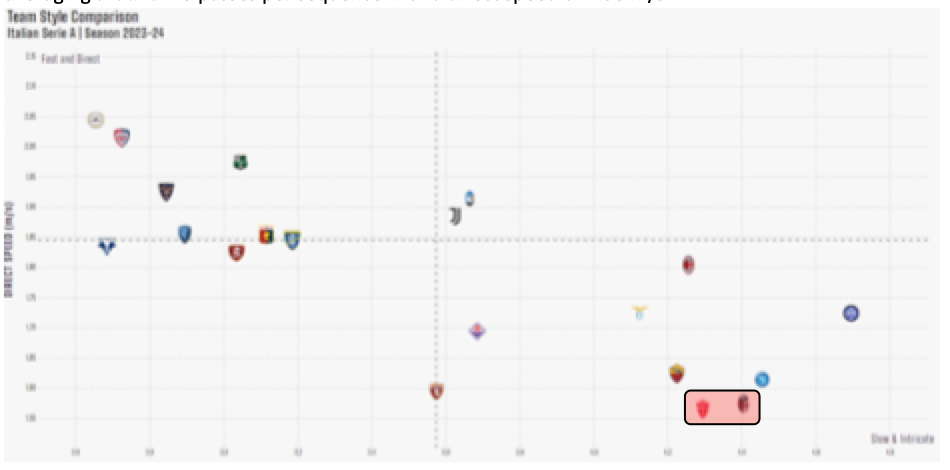
During the build-up phase, Di Gregorio showed glimpses of his ability to step up and become a situational centerback to use his passing and distributions skills to initiate the first phase of play.
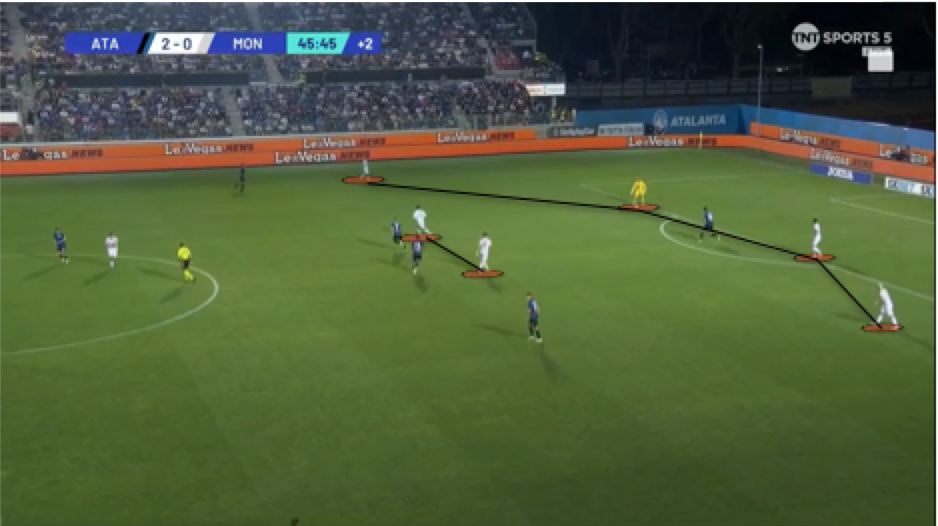
This demonstrates that Di Gregorio has the goalkeeper profile that Motta appreciates and plans on using in the future. Not only would Di Gregorio suit Motta’s approach with his passing volume and accuracy, but his shot-stopping abilities also exceed those of Łukasz Skorupski and Wojciech Szczęsny.
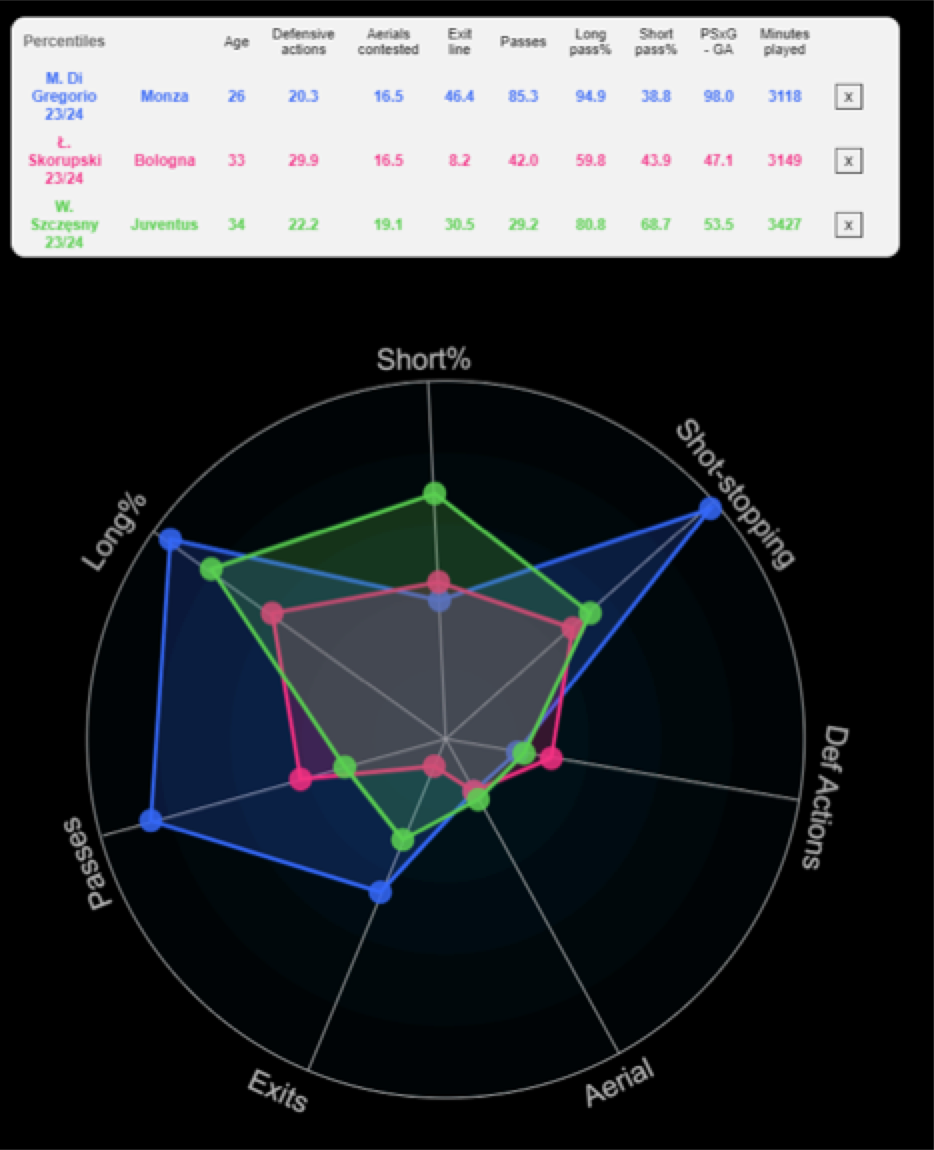
Will He Be Able to Adapt?
Yes, Di Gregorio might be familiar with Motta’s style given how similarly both Monza and Bologna played last season and the keeper’s security on the ball. As demonstrated, he possesses the on-ball qualities that make him an upgrade from Motta’s former keeper at Bologna and a potential enhancement for Juventus. However, there are some key areas where he will need to improve.
Under Motta, Bologna played with a much higher block than Monza and implemented more intense pressing, averaging 11.6 PPDA, the third lowest in the league. This approach requires the backline and the goalkeeper to be able to defend spaces left behind and to deal with through balls or clipped passes over.
While Di Gregorio has shown glimpses of his sweeping abilities as mentioned earlier, he might need some time to adapt to the consistent demands of being on his toes to sweep up threats. Considering the keeper’s age, transfer fee, and the array of qualities he brings, there couldn’t have been a better signing for Juventus to launch their new era under Thiago Motta.
The 26-year-old will be leaving AC Monza as the best keeper in Serie A, and under the guidance of the exceptional Motta at Juventus, Di Gregorio has the potential to become one of the best keepers in the world.
By: Mohamed Fathalli / @FathalliMohamed
Featured Image: @GabFoligno / Image Photo Agency / Getty Images
